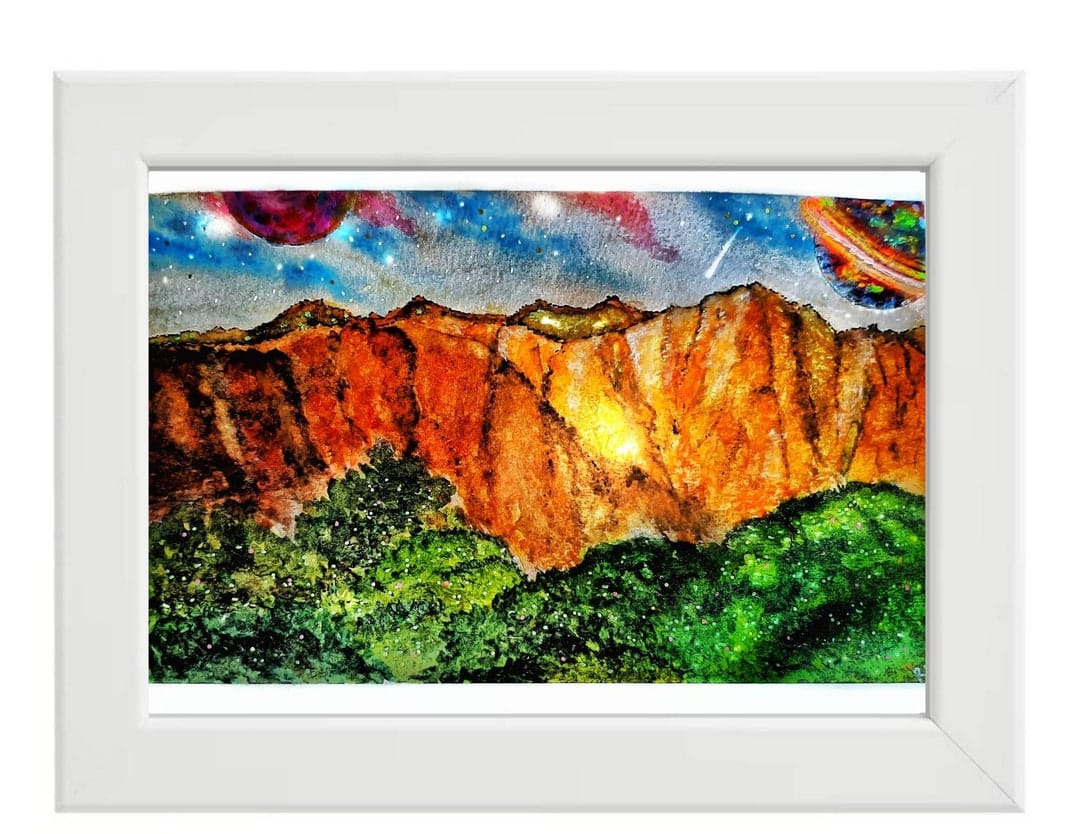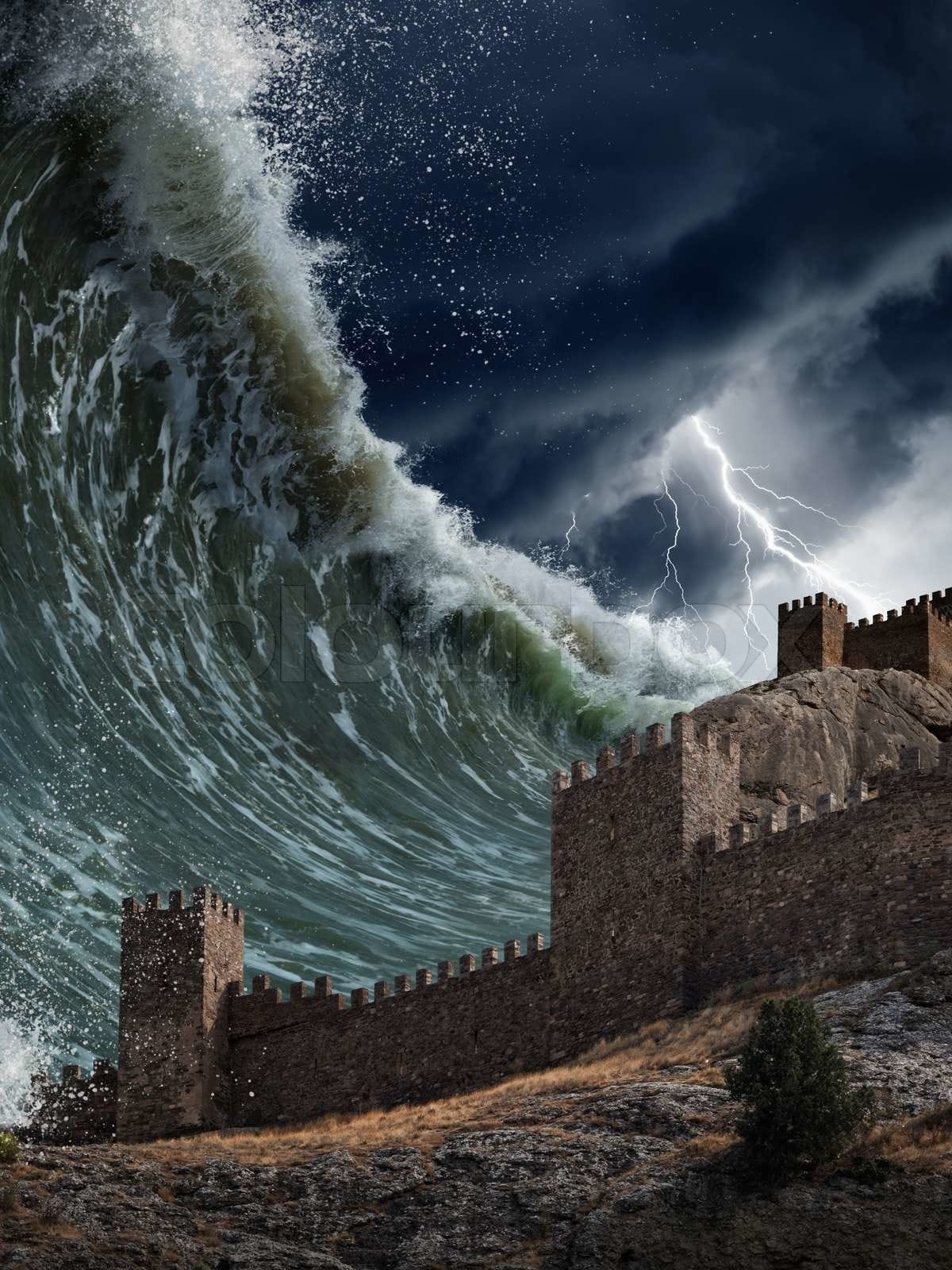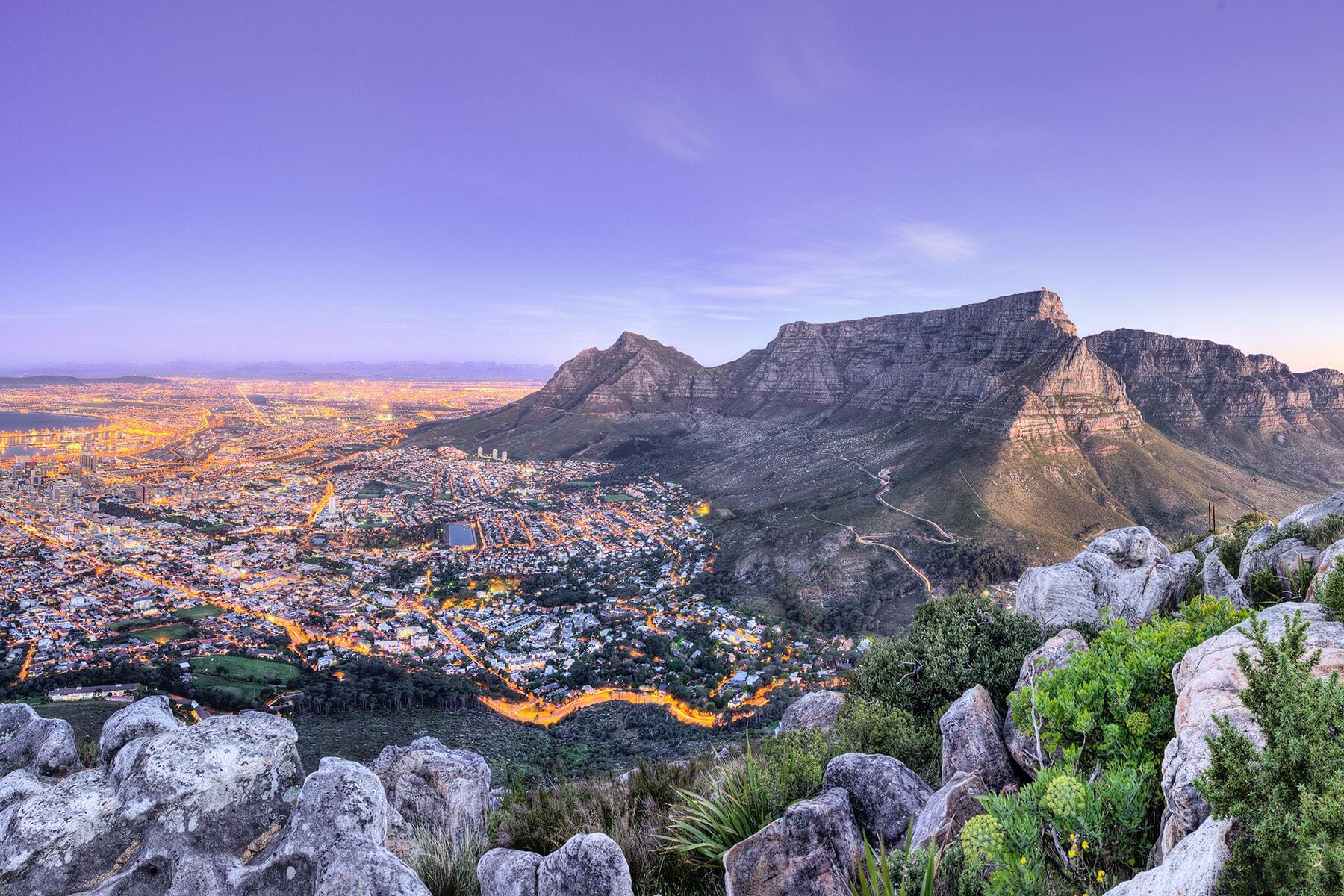Recent observations reveal that a dormant volcano, inactive for approximately 250,000 years, is showing signs of awakening, prompting geologists to issue warnings about a potential eruption. Increased seismic activity, ground deformation, and gas emissions have been recorded, leading experts to closely monitor the situation as they prepare for potential outcomes.
Tag: geology
Scientists Discover Massive Boulder Displaced by Historical Tsunami
Researchers have identified a boulder weighing 2,645,547 pounds, transported inland by a colossal tsunami that struck the coast. This remarkable discovery sheds light on the power of natural disasters and their long-term geological impacts.
Understanding the Volcanic Activity of Campi Flegrei and Its Associated Risks
Campi Flegrei, a supervolcano located near Naples, Italy, poses significant geological and environmental risks due to its volcanic activity. This article explores the nature of the volcanic system, its historical eruptions, current monitoring efforts, and potential implications for local communities.
Geological Insights Reveal India’s Fractured Continental Backbone
Recent geological studies indicate the presence of deep continental fractures in India, raising concerns about the nation’s tectonic stability. These findings, emerging from advanced seismic assessments, highlight the potential for significant geological changes that could affect vast regions of the country. Understanding the implications of these fractures is essential for future infrastructure and disaster preparedness.
Unraveling the Mystery of South Africa’s Rising Land
Recent geological studies have uncovered the reasons behind the continual elevation of land beneath South Africa. This phenomenon, linked to tectonic activity and geological processes, provides insights into the region’s complex geological history and future landscape changes.
Scientists Identify Earth’s Elusive Eighth Continent: Zealandia
Recent studies have confirmed the location of Earth’s eighth continent, known as Zealandia, which has been largely submerged beneath the ocean. This discovery adds significant understanding to geological processes and the arrangement of continents. Zealandia, primarily located in the southwest Pacific, covers an area of approximately 4.9 million square kilometers, with around 93 percent of it submerged. This research not only reshapes our understanding of continental formations but also highlights the importance of academic collaboration in uncovering Earth’s mysteries.
Mysteries of the Mantle: New Insights into Continental Stability
Recent research underscores the potential for Earth’s continents to break apart due to movements within the mantle. Scientists emphasize the need to understand this hidden threat better as it could have far-reaching implications for the planet’s geological stability.
Exploring the Moon’s Giant Crater: Potential Samples from an Ancient Magma Ocean
A recent discovery suggests that a massive crater on the Moon may contain remnants of an ancient magma ocean, offering Artemis astronauts a unique opportunity to collect samples that could provide insights into the Moon’s early geological history.
Lunar Activity Challenges Geological Assumptions
Recent research suggests that the Moon is more geologically active than previously believed. The study, based on analysis of seismic data and lunar samples, indicates the presence of ongoing geological processes, including possible subsurface volcanism. This finding challenges the long-held notion that the Moon is geologically “dead.”
Martian Clay Formations Offer Clues to Past Water Activity
Recent analysis of clay mounds and hills on Mars indicates that these geological features may provide additional insights into the Red Planet’s watery past. Researchers suggest that the observed formations are the result of prolonged interaction between water and the Martian surface, further supporting evidence that liquid water was once abundant on Mars. The study of these landforms is crucial for understanding the planet’s geological history and the potential for past habitability.









